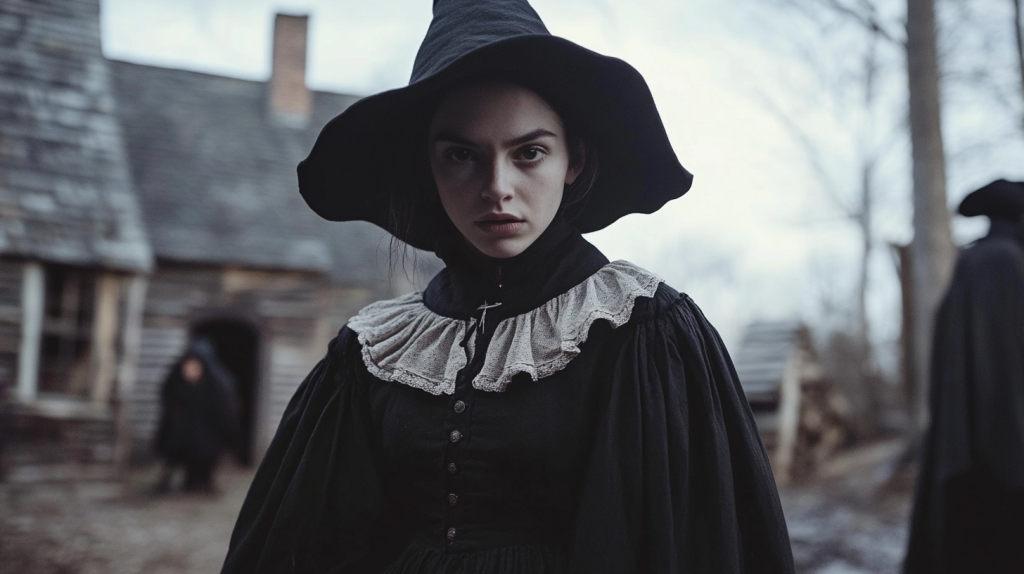The Salem Witch Trials of 1692-1693 remain one of the most chilling episodes in American history. This dark chapter, often simplified in history books, is far more complex and fascinating than most people realize. Beyond the basic facts lies a web of social, political, and psychological factors that created the perfect storm for mass hysteria. From surprising legal procedures to unexpected victims, the Salem Witch Trials hold many secrets that shed light on colonial American society.
We should honor the memories of the victims of these awful witch hunts and do everything we can to learn from this harrowing period so nothing like this ever happens again.
1. It Wasn’t Just Women
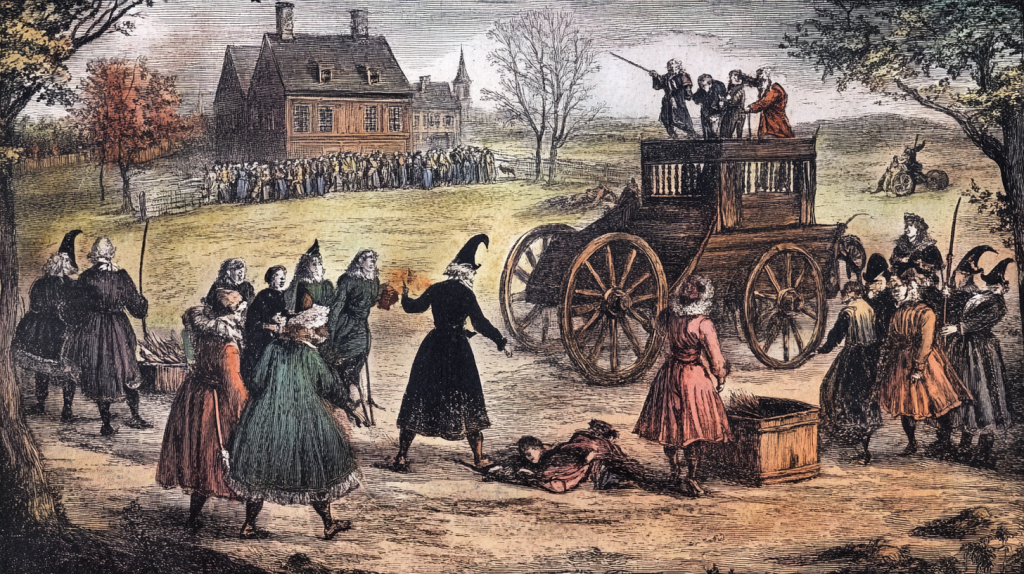
Contrary to popular belief, men were also accused and executed during the Salem Witch Trials. Out of the 20 people executed, 6 were men. The most notable male victim was Giles Corey, who was pressed to death with heavy stones for refusing to enter a plea.
2. The Trials Weren’t in Salem
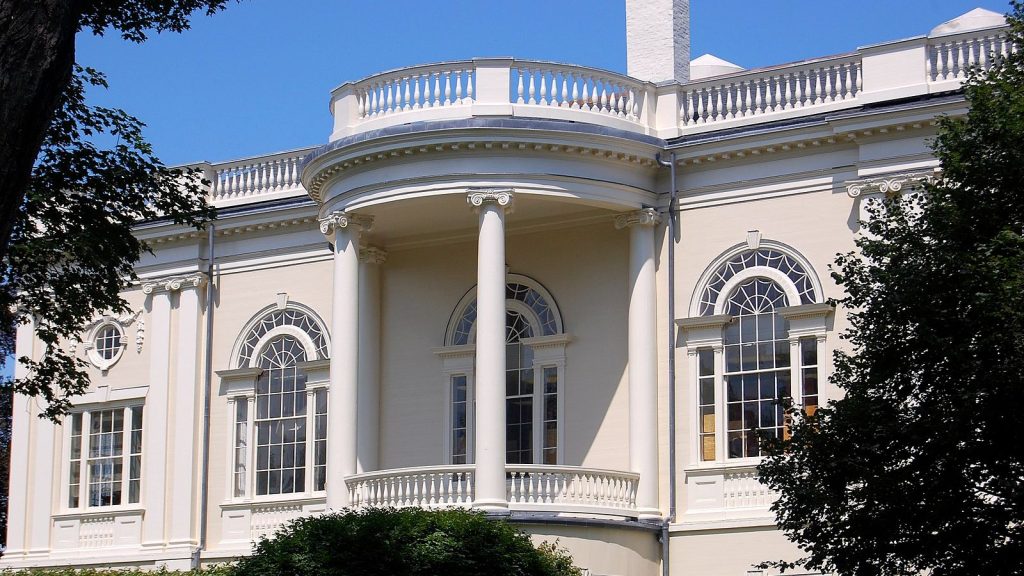
Most of the witch trials actually took place in nearby Salem Village, now known as Danvers. The confusion arises because the jail was in Salem Town. This geographical mix-up has persisted in popular culture, with many still associating the trials solely with modern-day Salem.
3. Ergot Poisoning May Have Played a Role

Some historians suggest that ergot poisoning might have contributed to the hysteria. Ergot, a fungus that can grow on rye and other grains, can cause hallucinations and convulsions. These symptoms are similar to those reported by some of the “afflicted” girls in Salem.
4. Dogs Were Accused Too
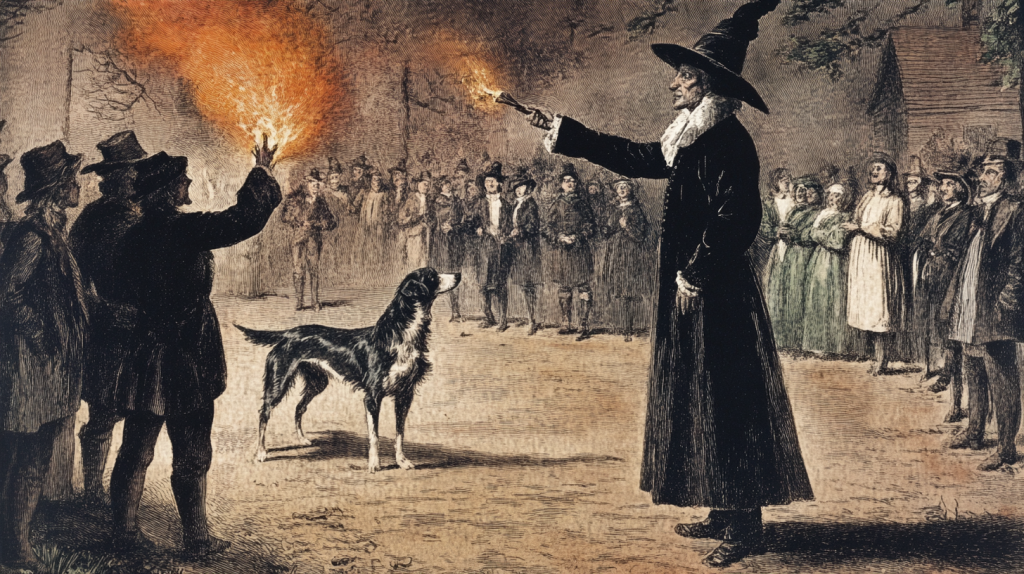
In the height of the hysteria, even animals weren’t safe from accusations. At least two dogs were accused of witchcraft. One was shot, while the fate of the other is unknown. This shows how far-reaching and irrational the witch hunt became.
5. The Youngest Accused Was Only 4 Years Old
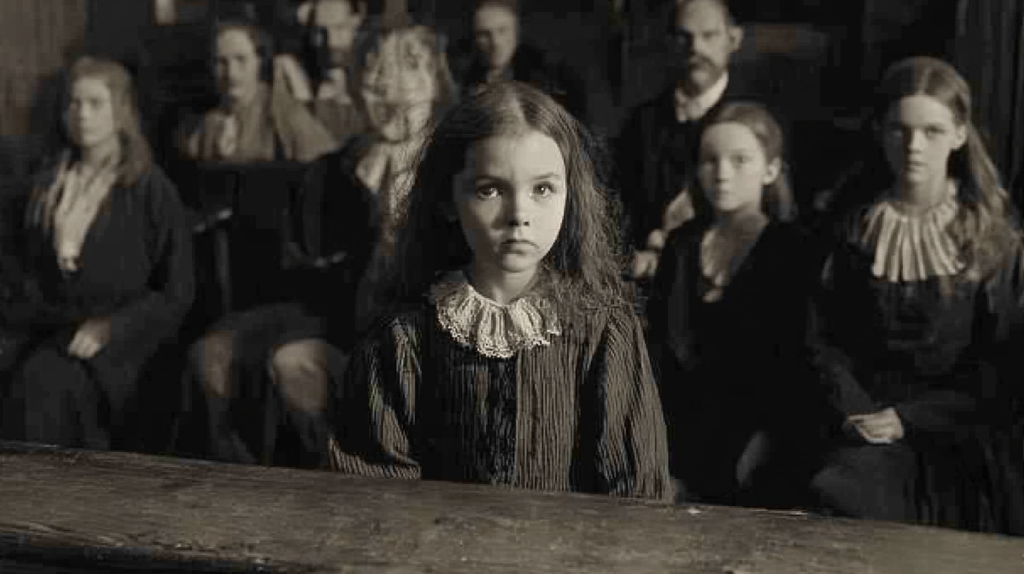
The Salem Witch Trials didn’t spare children. The youngest person accused of witchcraft was Dorcas Good, who was only 4 years old at the time. She was arrested and interrogated, spending several months in jail before being released.
6. Most Accused Witches Weren’t Burned
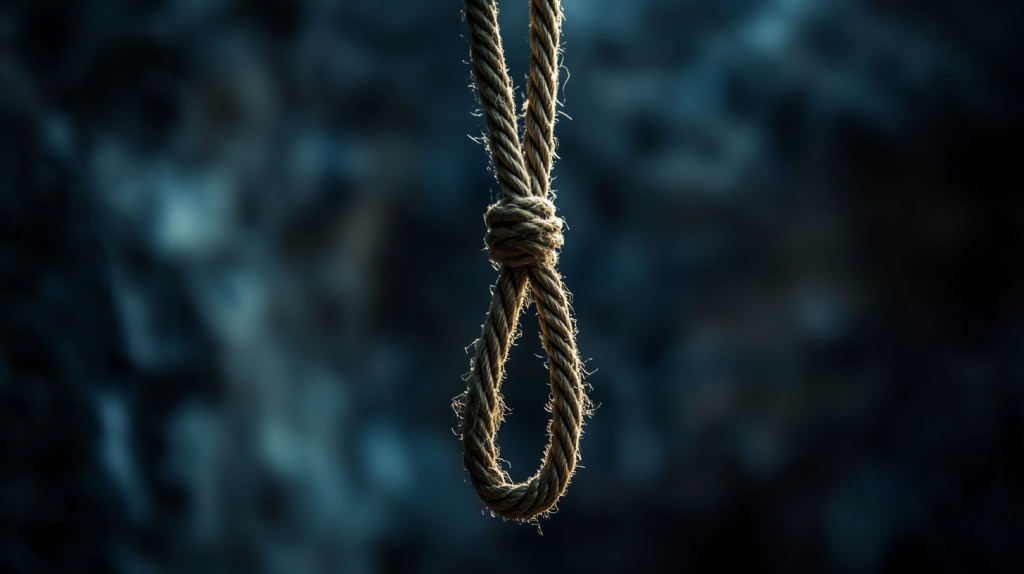
Despite popular depictions, most accused witches in Salem weren’t burned at the stake. The preferred method of execution in the English colonies was hanging. Of the 20 people executed, 19 were hanged, and one (Giles Corey) was pressed to death.
7. The Trials Used “Spectral Evidence”

The courts in Salem allowed the use of “spectral evidence” – testimony that the accused person’s spirit or spectral shape appeared to the witness in a dream or vision. This controversial practice made it nearly impossible for the accused to defend themselves.
8. A Slave Played a Key Role
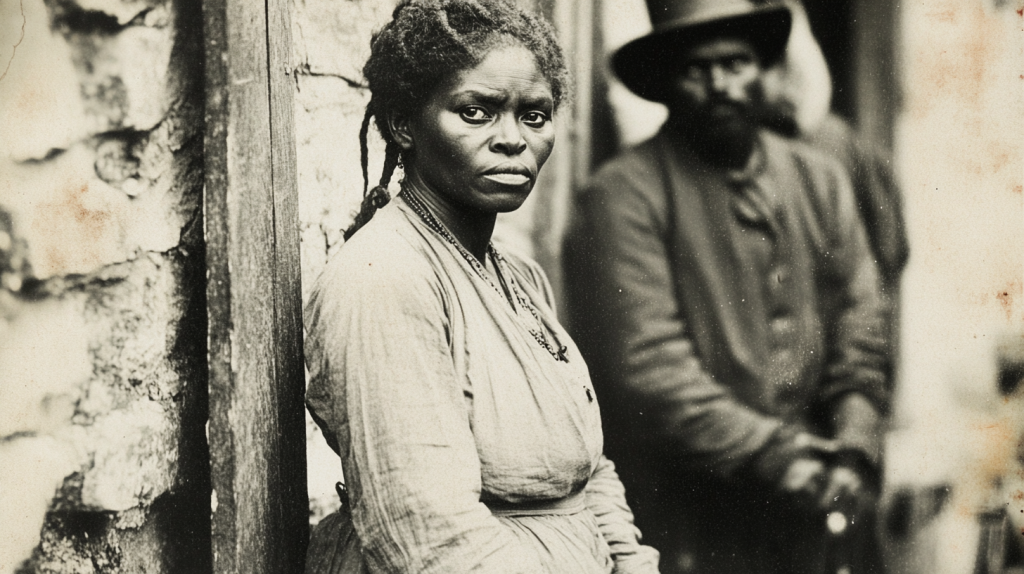
Tituba, a slave from Barbados owned by Reverend Samuel Parris, was one of the first three women accused of witchcraft. Her confession, likely coerced, helped fuel the hysteria. Her story highlights the complex racial dynamics at play during the trials.
9. The Accused Could “Witch” Their Way Out
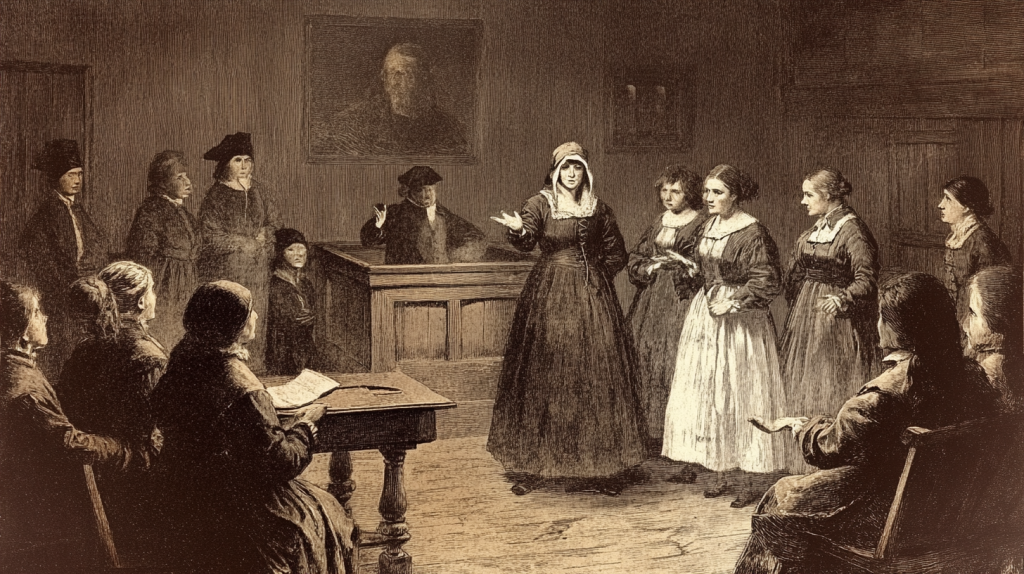
Some of the accused managed to avoid execution by confessing to witchcraft. Ironically, those who maintained their innocence were more likely to be convicted and executed. This bizarre situation led to some false confessions from people desperate to save their lives.
10. Economic Factors May Have Fueled Accusations
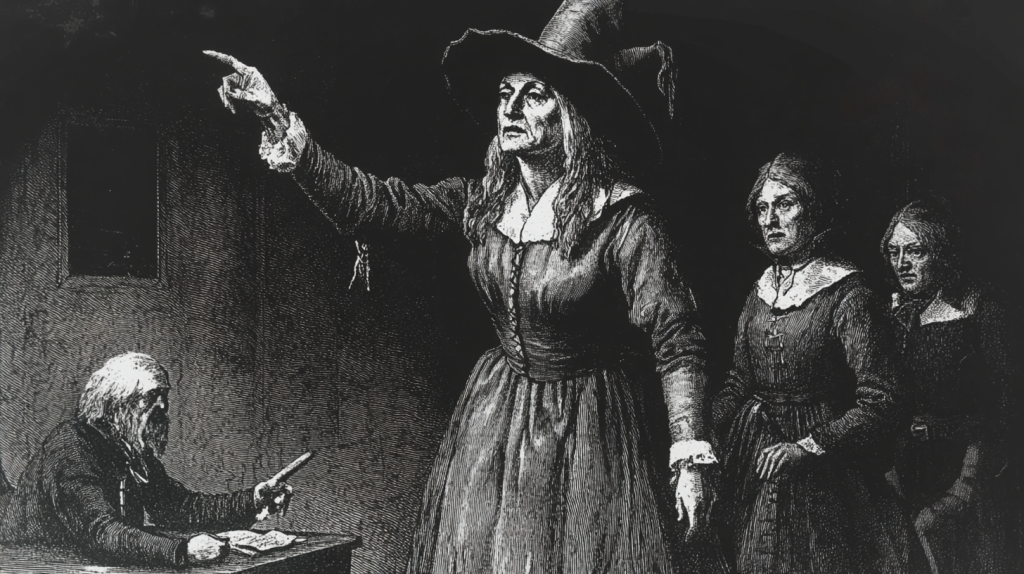
Some historians believe that economic rivalries played a role in the accusations. Many of the accused were wealthy landowners, and their executions could potentially benefit their accusers. This theory suggests that greed, not just superstition, fueled some of the allegations.
11. The Trials Ended Due to High-Profile Accusations
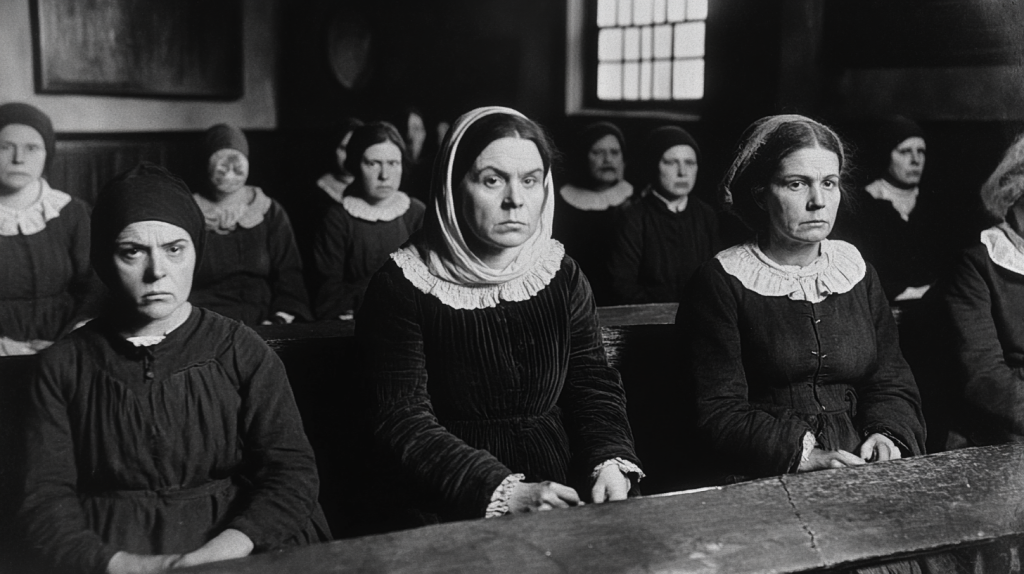
The witch hunt began to lose steam when accusations were leveled against more prominent members of society, including the governor’s wife. This led to increased skepticism about the trials and eventually to their end.
12. Some Victims Were Legally Exonerated Centuries Later

It took over 300 years for some victims of the Salem Witch Trials to be legally exonerated. In 2001, another five victims were officially cleared of all charges.
13. The Trials Lasted Only a Few Months
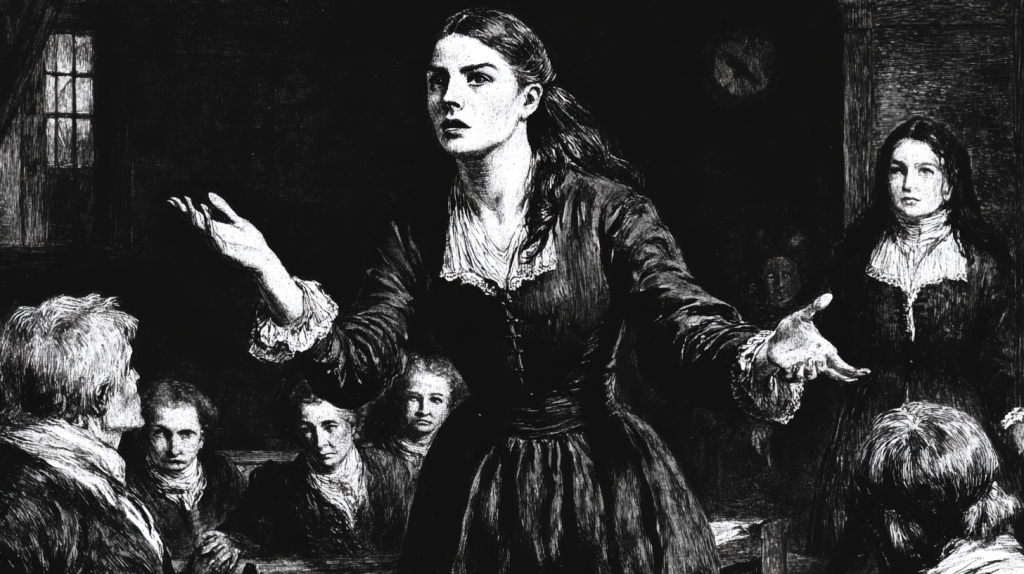
While the Salem Witch Trials loom large in American history, the actual period of trials and executions was relatively short. The hysteria lasted from February 1692 to May 1693, with most executions taking place in the summer and autumn of 1692.
14. Torture Was Used to Extract Confessions
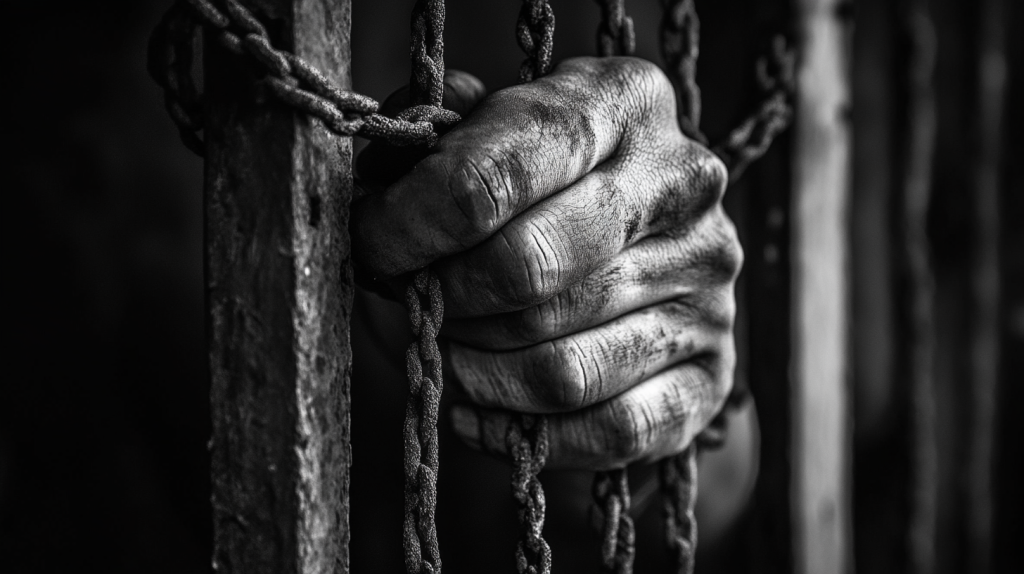
While not officially sanctioned, various forms of torture were used to extract confessions from the accused. This included sleep deprivation and physical restraints. The use of these methods likely contributed to false confessions and the rapid spread of accusations.
15. A Granite Memorial Now Stands in Salem

In 1992, 300 years after the trials, a memorial was erected in Salem to honor the victims. The memorial consists of 20 granite benches inscribed with the names of the executed. It serves as a somber reminder of the dangers of mass hysteria and injustice.
16. The Trials Inspired Arthur Miller’s “The Crucible”
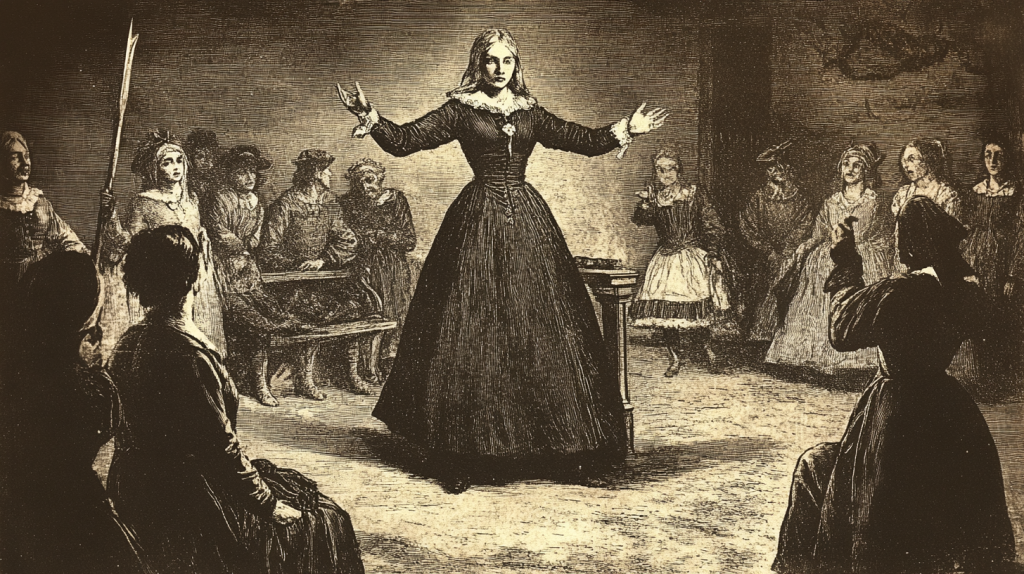
The Salem Witch Trials have had a lasting impact on American culture. One of the most famous interpretations is Arthur Miller’s play “The Crucible,” written in 1953. Miller used the trials as an allegory for the anti-communist “witch hunts” of the McCarthy era.
17. Some Victims’ Families Received Compensation
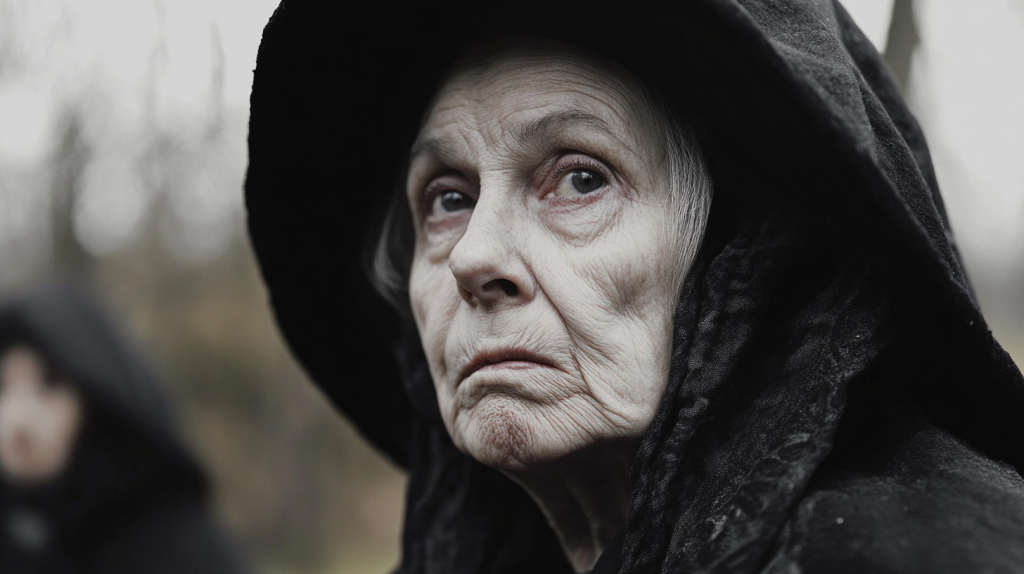
In the aftermath of the trials, some families of the victims received financial compensation from the government. However, this process took years and not all families were compensated. It was a small attempt to right the wrongs of the past.
18. The Last “Witch” Was Pardoned in 2022
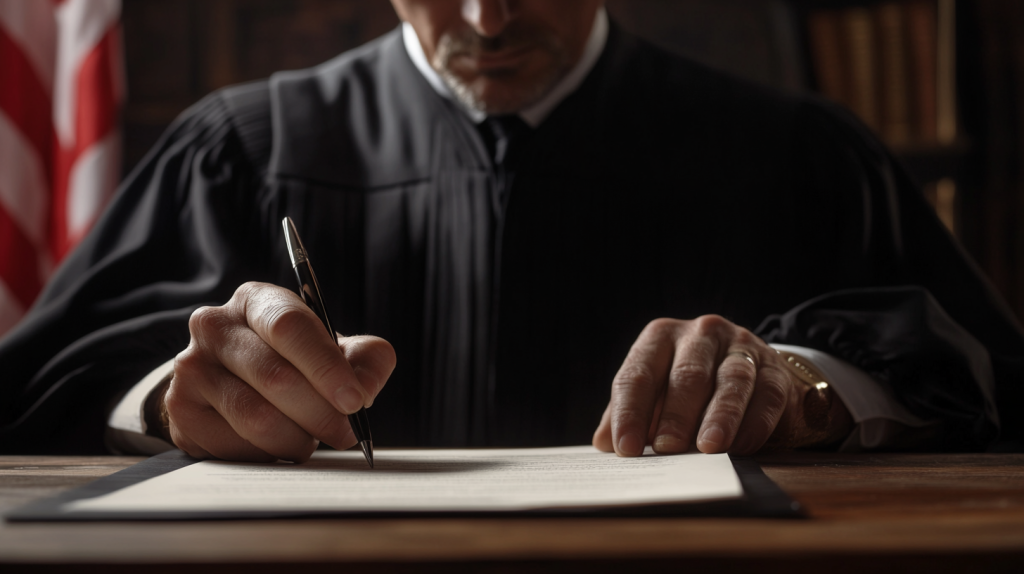
Surprisingly, the last accused “witch” from the Salem trials wasn’t officially pardoned until 2022. Elizabeth Johnson Jr., convicted of witchcraft in 1693, was finally cleared by the Massachusetts legislature after a campaign by eighth-grade students. This shows how the legacy of Salem continues to resonate today.
17 Old Wives’ Tales That Are Actually True

Old wives’ tales have been passed down through generations, often dismissed as mere superstition. However, many of these age-old beliefs are rooted in truth. From health tips to weather predictions, these stories from the past can surprise us with their accuracy. Here are 17 old wives’ tales that are actually true.
Read More: 17 Old Wives’ Tales That Are Actually True
Katy Willis is a writer, master herbalist, master gardener, and certified canine nutritionist who has been writing since 2002. She’s finds joy in learning new and interesting things, and finds history, science, and nature endlessly fascinating.
